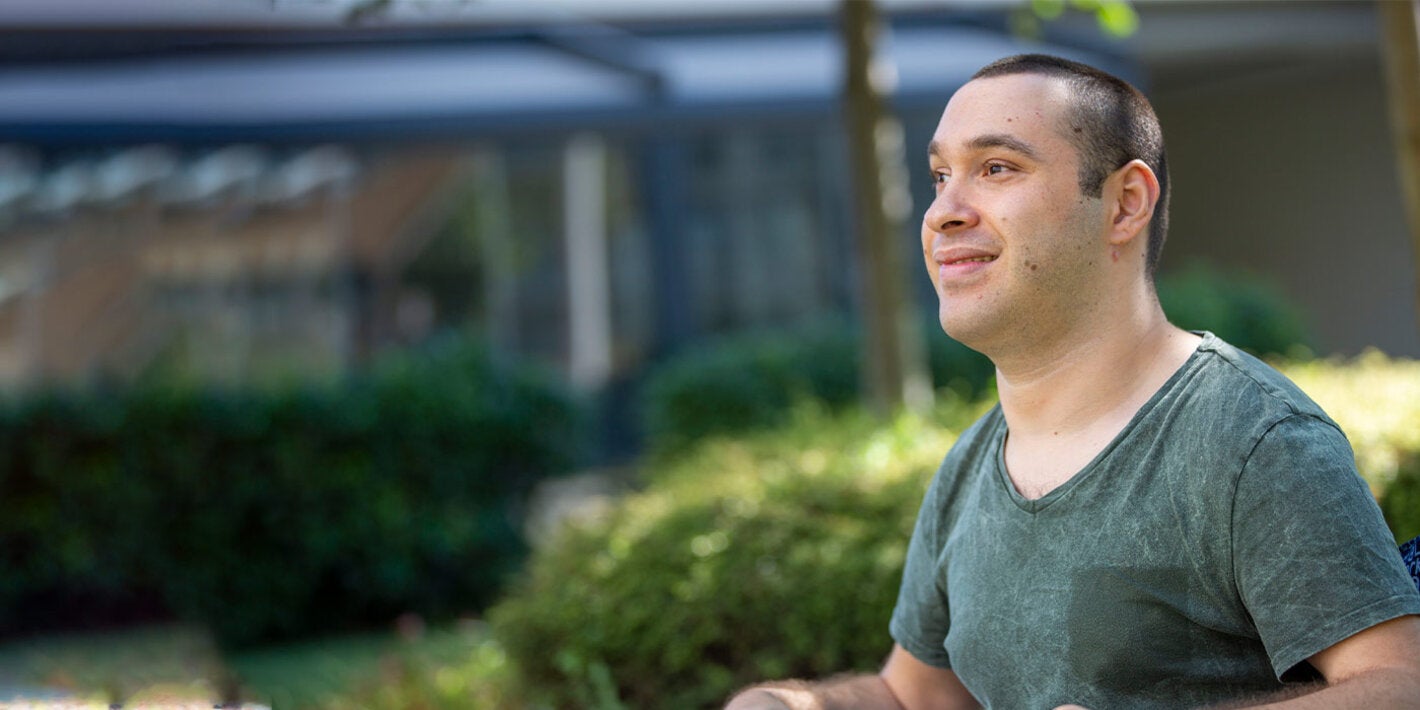
An estimated 140 million people in the Americas are living with a disability, but only 3% have access to rehabilitation services.
Washington, D.C., 2 October (PAHO/WHO) — Ministers of health from throughout the Americas agreed today to take a series of steps to safeguard the rights of people with disabilities and to improve their access to health and rehabilitation services.
The Plan of Action on Disabilities and Rehabilitation, approved by the 53rd Directing Council of the Pan American Health Organization (PAHO), calls on countries to make disability a priority in their health policies and to ensure universal, equitable access to health services for people with disabilities and their families.
An estimated 140 million people in the hemisphere are living with a disability, and only 3% have access to rehabilitation services. Moreover, more than 1 million people with disabilities are highly dependent on another person to carry out their activities. In Latin America and the Caribbean, the most common disability is visual impairment, followed by mobility and hearing problems, which increase with age.
People with disabilities are more vulnerable to preventable secondary diseases and other health problems. Vulnerable groups, such as victims of violence, older adults, and people living in poverty, suffer the greatest impact from disabilities. The cost of assistive technology (such as hearing aids and wheelchairs) is a barrier for many people with disabilities, especially in low-income countries.
"Disability is a public health issue because people do not have access to the health services they need," said Armando Vásquez, PAHO Regional Advisor on Disability and Rehabilitation. "It is also a human rights issue because it often leads to stigmatization and discrimination against the disabled. And it is also a development priority, because it results in poverty, and that poverty causes more disability."
The five-year Plan of Action proposes a series of goals and actions for PAHO member countries to take, including:
- Promoting equity in policies and plans on disability and developing national plans in which all sectors—including health, social protection, education, labor, and human rights protection—coordinate efforts to meet the needs of people with disabilities
- Supporting civil society participation to ensure that people with disabilities are consulted during the drafting of policies that affect them
- Strengthening rehabilitation services within community?based health services, to ensure prevention, detection, and early intervention as well as access to assistive technologies and other support
- Ensuring appropriate health care for the particular needs of people with disabilities
- Supporting caregivers and addressing their own health needs
- Gathering and analyzing data on disabilities and supporting research and its use for decision-making
The plan also calls on PAHO to help countries prepare, review, and implement their national disability and rehabilitation plans; collaborate in evaluating programs and services; promote partnerships with international organizations and other regional entities to involve all sectors in the response; and disseminate information and best practices among the countries.
PAHO's Directing Council meets once a year, in years when the Pan American Sanitary Conference (the supreme authority of the WHO Regional Office) is not held, to set the Organization's policies and priorities. The participating delegations include the health authorities of PAHO's 35 Member States and representatives of its four Associate Members and two Observer States. In addition to issuing mandates for PAHO technical cooperation programs, the meeting also serves as a forum for technical staff and government representatives to share information and ideas.
PAHO works with the countries of the Americas to improve the health and quality of life of their populations. Founded in 1902, it is the world's oldest international public health organization. It serves as WHO's Regional Office for the Americas and is the specialized health agency of the Inter-American system.
Disability in the Americas
- 140 million people are living with disabilities in the Americas
- Only 3% have access to rehabilitation services
- 3% of newborns have impairments that can be detected and treated with early interventions, preventing permanent disability
- Only 25% of children with disabilities have access to education, and only 5% finish primary school
- Women report a higher rate of disability than men, especially from age 60 onward
- Women devote more time to the care of family members with disabilities.



